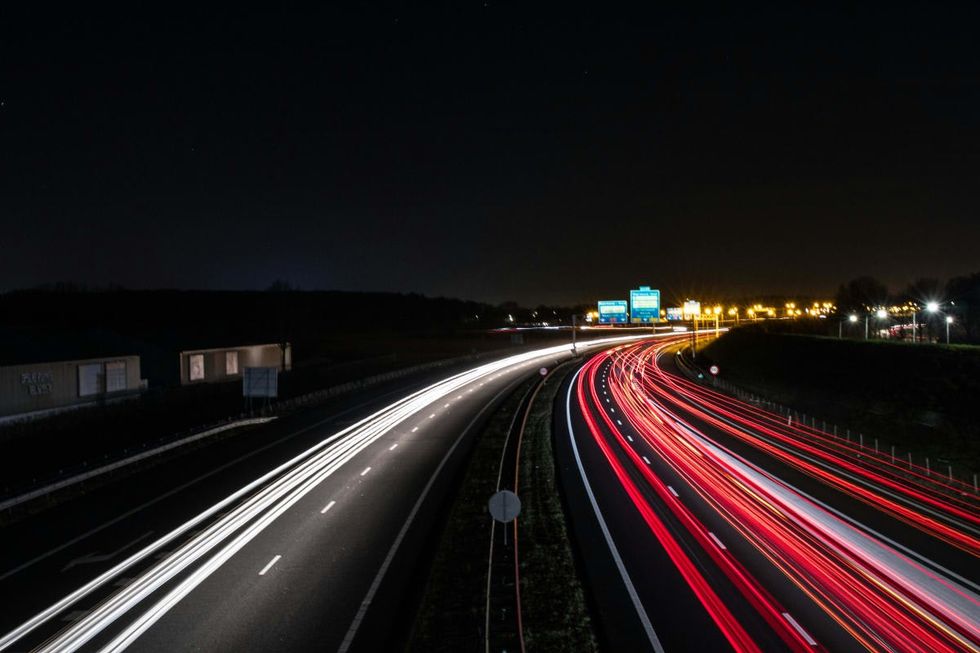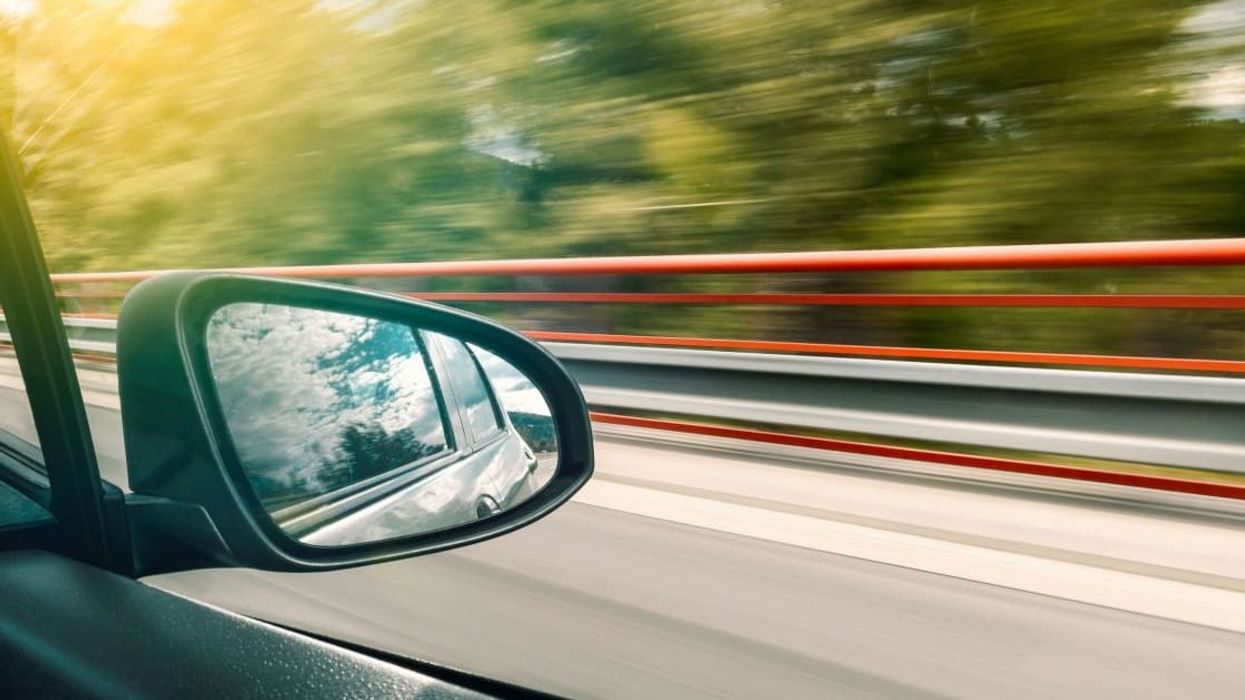Driving takes time to learn and master. But once you practice it to the T, it becomes like second nature. This comfort with the process can often lead you to zone out while driving. Has it ever happened that you reached your destination without remembering the whole drive? As it turns out, there is a name for this phenomenon and it's called 'highway hypnosis.' While the name may sound fascinating, this trance-like state can often turn out to be dangerous.

The phenomenon of highway hypnosis is much more than just "sleeping" while driving. The word hypnosis explains the concept as it refers to a condition where a driver experiences a hypnotism-like effect while driving. One study suggests highway hypnosis happens more commonly on motorways than residential roads where there are less frequent changes in direction and speed, per Cleveland Clinic.
Registered psychotherapist Natacha Duke has explained how the phenomenon works in real life. She said, "People normally describe highway hypnosis as either they arrived at their destination and they don’t remember how they got there, or they’re further along in their route than they thought they were and they don’t know how they got so far."

Joshua Maxwell, an ergonomics engineer at the Hyundai-Kia Technical Center in Michigan, highlighted some major problems of the phenomenon. He pointed out that drivers who are in highway hypnosis will react slower if something happens as they are 'zoned out'. Tired drivers and zoned-out drivers can never be deemed 'safe' for the road, and in a lot of cases, they are involved a lot more in road accidents, per BBC.
Highway hypnosis is also known as the 'white-line' fever. To overcome this trance-like feeling while driving, it is often advised to consume some caffeine, chat with passengers, put on some good music, or take regular breaks - to stay sharp on the road.

Drivers can often experience symptoms of highway hypnosis seeping in and chances are they might not have a chance to stop for a tea or coffee break. When such a scenario occurs, you can make some instant internal adjustments to shake it off for a long time. In terms of figures, U.S. Centers for Disease Control and Prevention (CDC) records more than 6,000 fatal car accidents each year involving a drowsy driver, per the official website. The bottom line is highway hypnosis may not sound dangerous to many but often it leads to serious consequences.

















 A symbol for organ donation.Image via
A symbol for organ donation.Image via  A line of people.Image via
A line of people.Image via  "You get a second chance."
"You get a second chance." 


 36 is the magic number.
36 is the magic number. According to one respondendant things "feel more in place".
According to one respondendant things "feel more in place". 
 Some plastic containers.Representational Image Source: Pexels I Photo by Nataliya Vaitkevich
Some plastic containers.Representational Image Source: Pexels I Photo by Nataliya Vaitkevich Man with a plastic container.Representative Image Source: Pexels | Kampus Production
Man with a plastic container.Representative Image Source: Pexels | Kampus Production
 Photo by
Photo by 
 Canva
Canva It's easy to let little things go undone. Canva
It's easy to let little things go undone. Canva
 Teens are waiting longer than at any point in the survey’s history. Canva
Teens are waiting longer than at any point in the survey’s history. Canva Chart on the age of a person’s first time having sex.National Survey of Family Growth/flowing data.com | Chart on the age of a person’s first time having sex.
Chart on the age of a person’s first time having sex.National Survey of Family Growth/flowing data.com | Chart on the age of a person’s first time having sex.